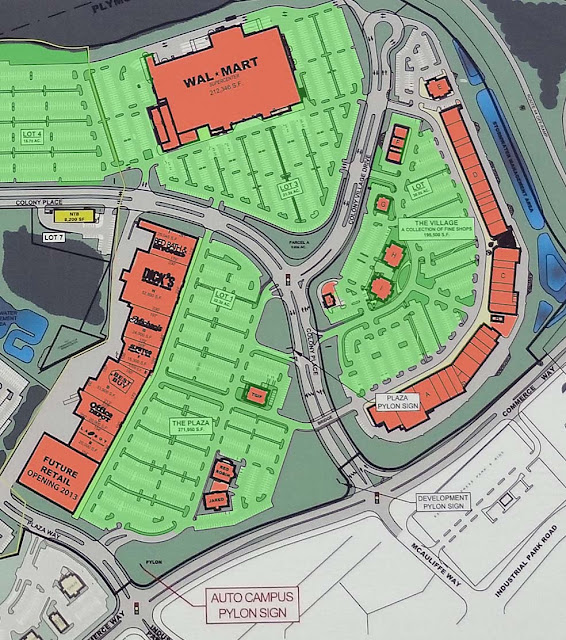Once upon a time, people either on foot or using animals to help carry, brought their goods to a common location and traded. An example is this market in Ecuador. The word "market" is likely derived from the Latin "to trade merchandise."
Then people built a more permanent infrastructure in villages and towns for one-off mom-and-pop stores. An example is this village in Spain.
When the horse cart gave way to the automobile, more folks from farther away could come to the central market locations. An example is this town in the United States.
But automobile access created congestion and the physical constraints of the town setting limited where people could park their cars. Convenience and practicality suffered.
So then along came the development of shopping centers that provide lots of space for automobiles. But to pay for all that additional cost overhead, most of the mom-and-pop one-off stores couldn't compete so that gave way to national or regional chain stores at these malls. Meanwhile, many mom-and-pop stores in downtown locations had to close for lack of customers.
At this mall, for example, the red areas are the stores and restaurants, the much larger green areas are for the cars to park. Hundreds and hundreds of parking spaces are available.
Now we're hearing that more and more people are driving to these malls to look at and touch the products but, then they go home and order products cheaper online for home delivery. So eventually, these stores will not have enough business to sustain themselves either.
What's the future when that occurs?
People will have to go to a common location and trade. As they say, there is nothing new under the sun.







No comments:
Post a Comment